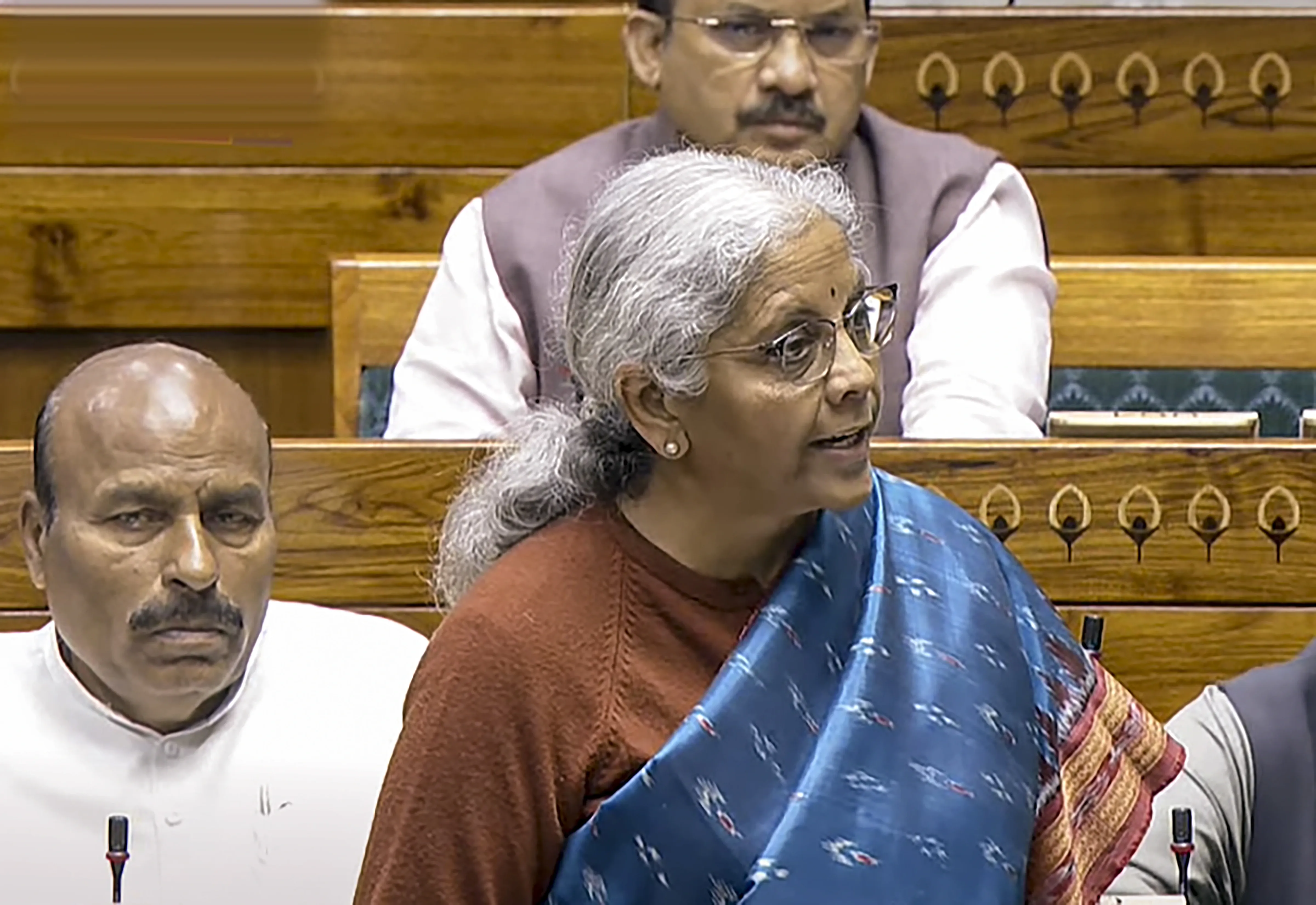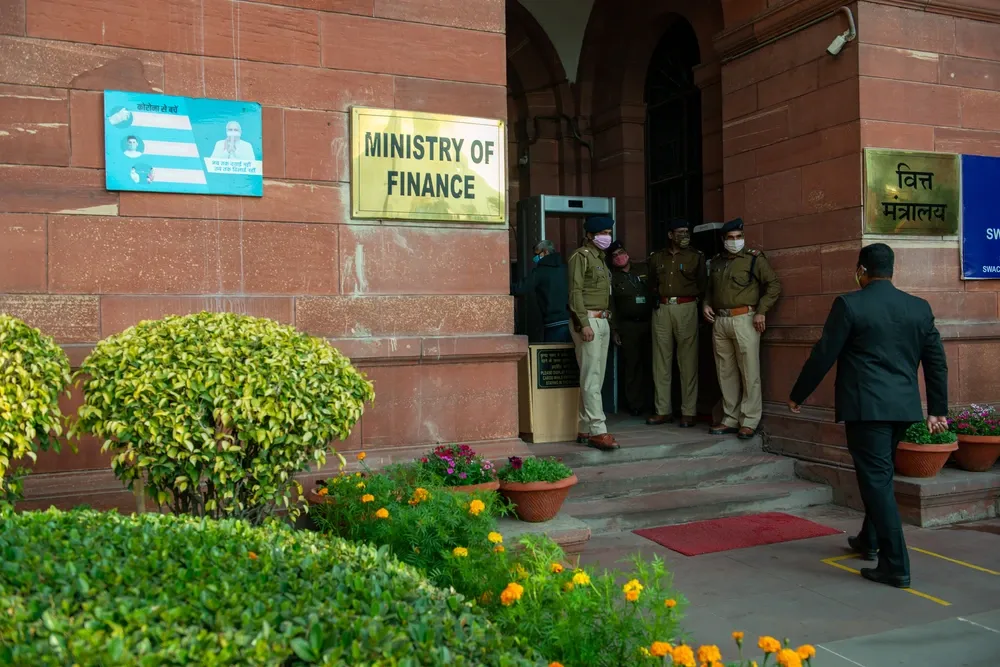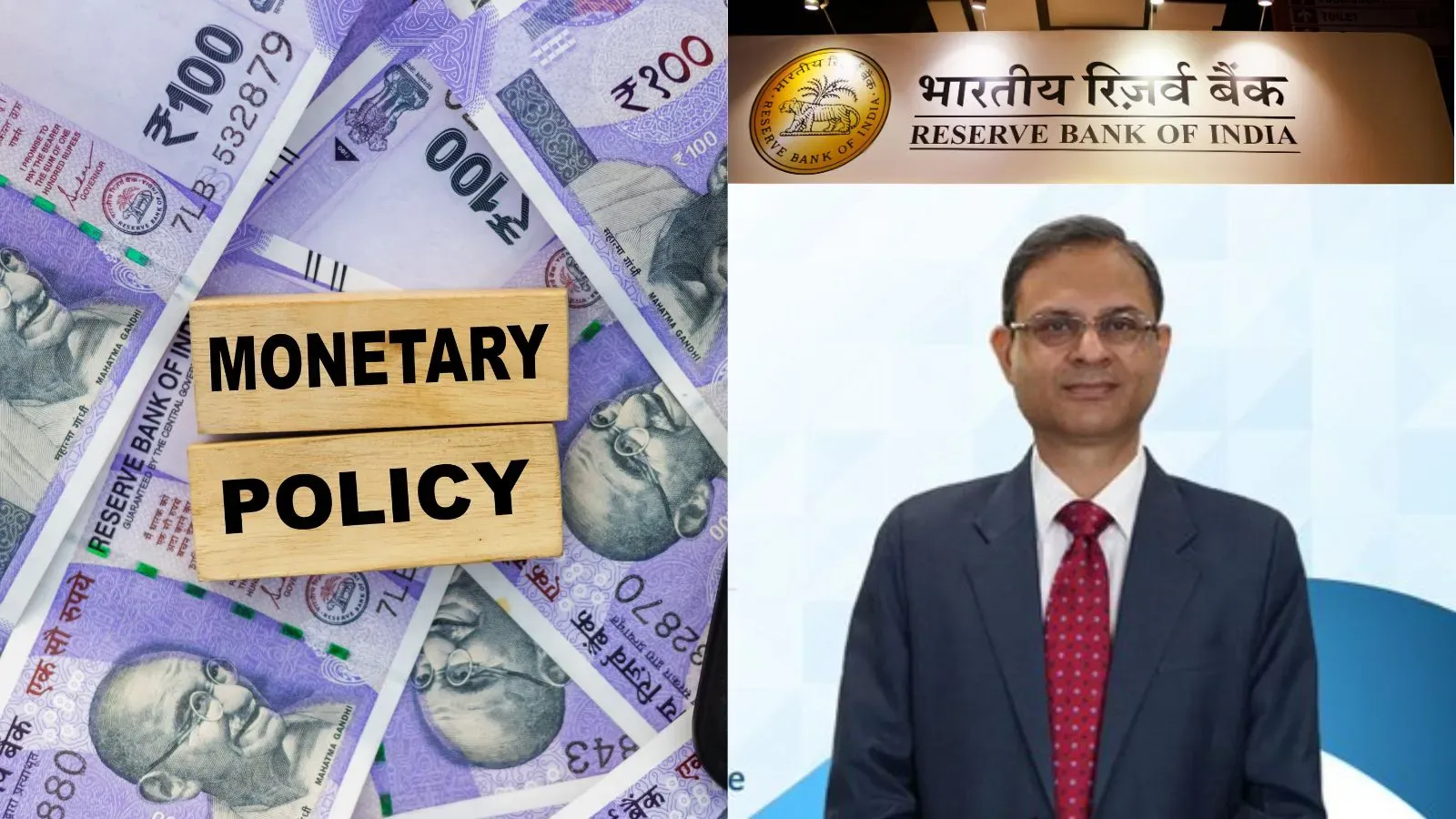Business News
India's economy to grow 6.3%-6.8% in FY26; 8% needed for Viksit Bharat 2047: Economic Survey takeaways
.png)
4 min read | Updated on January 31, 2025, 16:59 IST
SUMMARY
Union Finance Minister Nirmala Sitharaman on Friday tabled the Economic Survey 2024-25 in the Lok Sabha.

Union Finance Minister Nirmala Sitharaman presents the Economic Survey 2024-25 in the Lok Sabha during the Budget session of Parliament, in New Delhi, Friday, Jan. 31, 2025. (Sansad TV via PTI Photo)
Union Finance Minister Nirmala Sitharaman tabled the Economic Survey 2024-25 in Parliament on Friday. The survey presents an optimistic outlook on India's economic growth while cautioning against global uncertainties. The Indian economy is expected to grow at 6.3%-6.8% in FY26, according to the Economic Survey.
Here are the key takeaways from the Economic Survey 2024-25:
State of the Economy
- India is projected to grow between 6.3% and 6.8% in FY26, driven by strong domestic fundamentals.
- Global growth is expected to be slightly below trend, with the services sector performing well, while manufacturing struggles in some regions.
- Inflationary pressures are easing globally, but geopolitical risks remain a concern.
- Rural demand is rebounding, supporting consumption, while public capital expenditure (capex) and business optimism are bolstering investment.
- Food inflation is likely to soften in Q4 FY25 due to seasonal factors and higher agricultural output.
- Global excess capacities in key sectors such as steel could lead to aggressive trade policies.
Monetary and Financial Sector Developments
- India's financial sector has remained resilient despite global uncertainties.
- Banking profitability has improved, with a narrowing gap between credit and deposit growth.
- Capital markets have played a key role in capital formation, financialisation of savings, and wealth creation.
- The insurance sector is expected to be the fastest-growing among G20 nations between 2024-2028.
- The share of consumer credit in total bank credit has risen from 18.3% in FY14 to 32.4% in FY24.
- IPO listings have surged sixfold between FY13 and FY24, with young investors driving equity market participation.
- The survey warns against excessive financialisation, stressing the need for balanced financial sector development.
External Sector
- Merchandise exports have grown moderately amid external demand slowdown, while imports have been strong due to domestic demand.
- Net services receipts and remittances have helped offset the rising trade deficit.
- India has witnessed net positive capital inflows, with gross FDI inflows rising in the first eight months of FY25.
- A strategic trade roadmap is essential for India to navigate shifting global trade dynamics marked by rising protectionism.
- Enhancing export competitiveness and reducing trade costs are key to strengthening India’s role in global supply chains.
Price and Inflation Outlook
- Inflation is expected to align towards the RBI’s target, with projections of 4.8% in FY25 and 4.2% in FY26.
- Commodity prices, particularly oil, are expected to decline in 2025-26, easing inflationary pressures.
- Strong Rabi and Kharif production are expected to keep food inflation in check, though rising global vegetable oil prices pose an upside risk.
- The government has implemented various supply-side measures, including buffer stock strengthening and import duty rationalisation, to control food inflation.
- Long-term strategies include climate-resilient crop research, expansion of pulse cultivation, and enhanced data monitoring for price stability.
India’s Medium-Term Outlook
- India needs to maintain an 8% growth rate over the next two decades to achieve its goal of becoming a developed nation (Viksit Bharat) by 2047.
- The IMF projects India to be a $5 trillion economy by FY28 and $6.3 trillion by FY30, with an annual nominal growth rate of 10.2% in USD terms.
- A stable rupee is expected, with only a 0.5% annual depreciation projected over the next five years.
- The survey outlines the need for deregulation, economic freedoms, and strategic policy measures to sustain medium-term growth.
The Budget Session will be conducted in two phases, from January 31 to April 4. The first part will conclude on February 13, while the second phase will begin on March 10. The Union Budget will be presented on February 1.
Related News
By signing up you agree to Upstox’s Terms & Conditions
About The Author
Next Story


